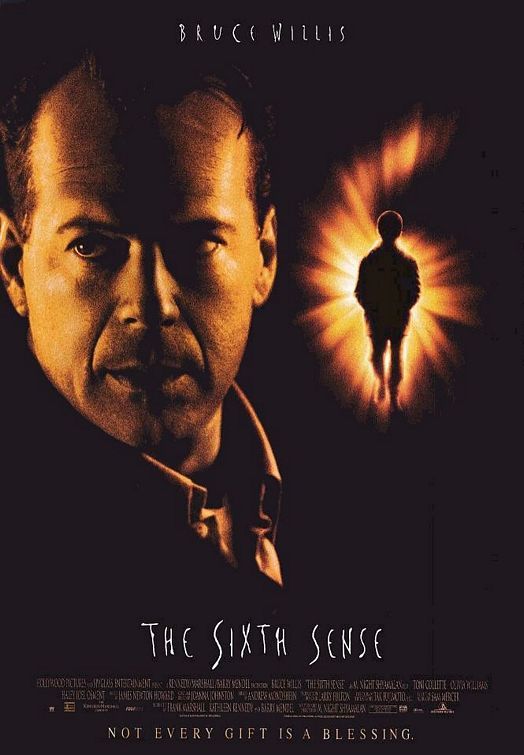Summary
- M. Night Shyamalan explains how the key twist ending for
The Sixth Sense
came about. - Plot coming from character is pivotal for Shyamalan.
- Shyamalan’s legacy with twists has been criticized for favoring gimmicks.
M. Night Shyamalan discusses the origin of a key plot moment in The Sixth Sense. The third feature film from the director, The Sixth Sense was released in 1999 and featured a leading cast including Bruce Willis, Haley Joel Osment, and Toni Collette. It was nominated for multiple Oscars, including for Best Director and Best Original Screenplay by Shyamalan, and remains one of the director’s most iconic works today.
The Sixth Sense
was also nominated for Oscars for Best Picture, Best Actor in a Supporting Role for Haley Joel Osment, Best Actress in a Supporting Role for Toni Collette, and Best Film Editing.
Speaking with GQ, Shyamalan details the origin of the key moment in The Sixth Sense.
The director described his process of writing the script for The Sixth Sense, noting that he felt that the film’s initial script drafts just didn’t “have this extra gear.” In order to give the film more oomph, he delved deeper into the characters, asking himself “A guy who is treating a boy who thinks he sees ghosts, what could happen from that?” That is when it hit Shyamalan that they way to further explore “life and death” was to create the twist in the movie. Check out the full quote from Shyamalan below:
Plot should come out of character, at least I think that. A guy who is treating a boy who thinks he sees ghosts, what could happen from that? You know, how does he, how could this be surprising? Because the movie was very linear for me, and I was like ‘this isn’t, it doesn’t have this extra gear, this movie.’ When I was writing it, I was like, it’s good it just doesn’t have this extra gear. And I was like ‘well what could happen, this guy is treating someone that believes they see ghosts, what could happen, what could happen?’ And then, you know, I sat up and I was like ‘oh, you know, it’s a deeper version of the conversation about life after death. And I kept thinking how can I go deeper into this subject, and it kind of evolved outward and flowered at that moment. And so it was a very organic moment of just writing.
How The Sixth Sense Led To Shyamalan’s Most Iconic Trait
The Twist Has Been Shyamalan’s Greatest Strength And Weakness
The Sixth Sense ending twist in question is, of course, when it is revealed that Willis’ character, Dr. Malcolm Crowe, who had played the child psychologist throughout the film, is actually dead. Audiences had seen an attempt at Crowe’s life in the early part of the movie, but it is later unveiled that said attempt was actually successful, and thus Crowe has been dead the whole time. This twist vastly changes The Sixth Sense‘s supernatural implications, as it indicates that all of Cole’s visions, including the lead character himself, are actually real, and the young boy does indeed “see dead people.”
Audiences were stunned by this twist at the time of The Sixth Sense‘s release. From there, the twist ending became the quintessential element of Shyamalan’s career, employed throughout the majority of his filmography. While the plot device was an effective tool for The Sixth Sense, the director’s constant deployment of huge turns has sometimes received criticism for favoring gimmicks over plot coherence.
Because of Shyamalan’s legacy with the twist, it is interesting to hear that The Sixth Sense‘s huge turn arose from the need for an extra push for the film. At some level, Shyamalan was looking to grip the audiences with a degree of spectacle that would give the movie its “extra gear.” For The Sixth Sense, Shyamalan properly achieved his goal at having that twist arise organically from the film’s characters, but it is not a quality he has been able to equally capture across all of his films.
Source: GQ / YouTube

